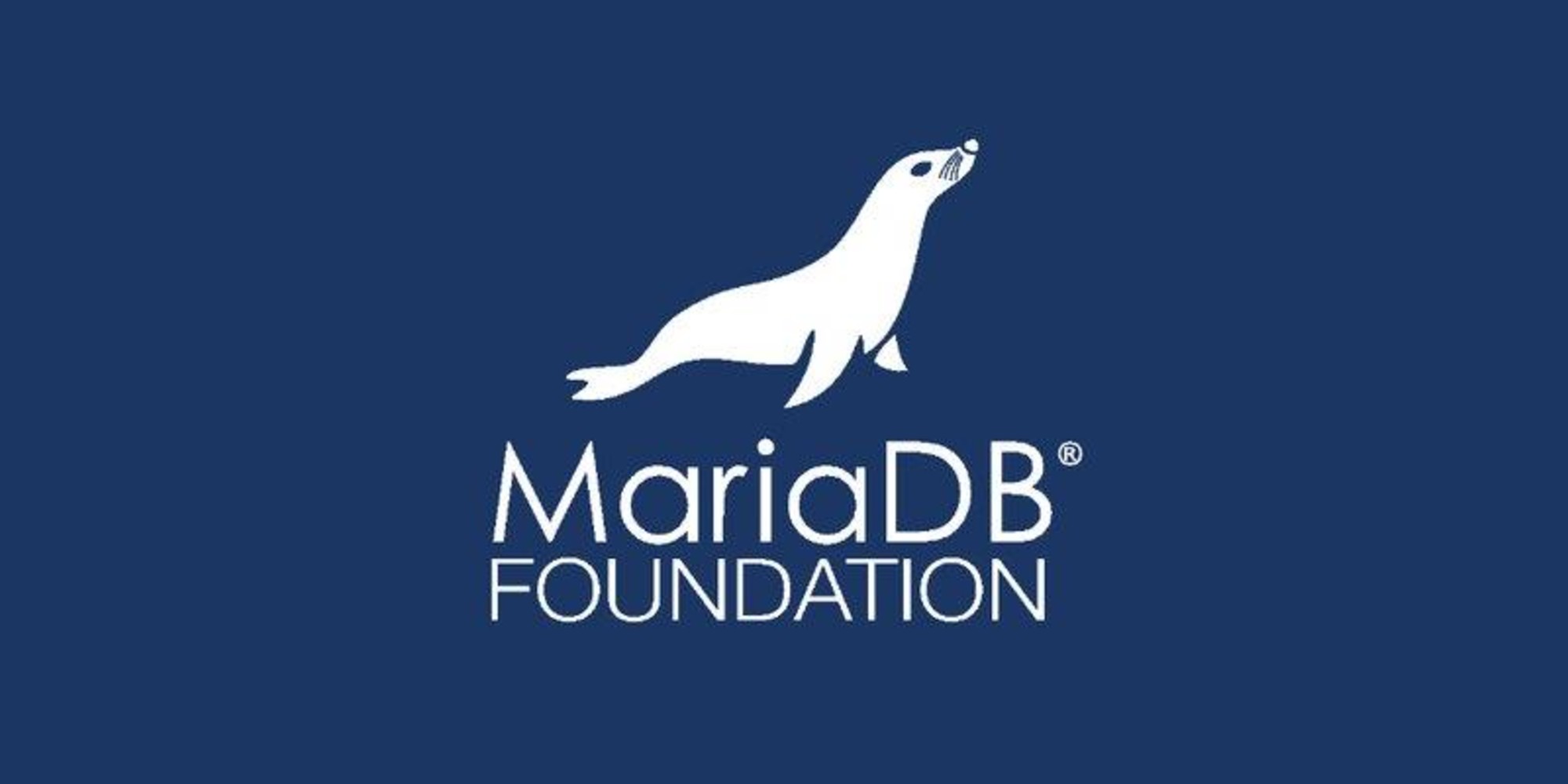
The MySQL and MariaDB for Developers course is designed to equip learners with strong database development skills using two of the most widely adopted open-source relational database management systems. This program covers core database concepts, SQL programming, schema design, optimization techniques, stored procedures, triggers, transactions, and performance tuning. Learners will gain hands-on experience in building and managing databases, writing efficient queries, and integrating MySQL/MariaDB with modern applications. By the end of this course, participants will be prepared to handle real-world projects involving database-driven solutions with confidence.
Module 1: Introduction to MySQL and MariaDB Overview of relational databases Differences between MySQL and MariaDB Installation & setup (local and cloud) Using command-line tools & GUI tools.
Module 2: SQL Basics and Data Definition Language (DDL) Database creation and management Tables, data types, and constraints Primary keys, foreign keys, and relationships Altering and dropping databases/tables.
Module 3: Data Manipulation Language (DML) Inserting, updating, and deleting records Simple queries with SELECT Filtering with WHERE, ORDER BY, and LIMIT Aggregate functions (COUNT, SUM, AVG, MIN, MAX).
Module 4: Advanced SQL Queries Joins (INNER, LEFT, RIGHT, FULL) Subqueries and nested queries Set operations (UNION, INTERSECT, EXCEPT) Views and temporary tables.
Module 5: Stored Procedures, Functions, and Triggers Creating and executing stored procedures User-defined functions Implementing triggers for automation Error handling in SQL.
Module 6: Transactions and Concurrency Control ACID properties Transaction management with COMMIT and ROLLBACK Isolation levels and locking Handling concurrency issues.
Module 7: Indexing and Query Optimization Importance of indexes Types of indexes (B-Tree, Full-Text, Hash) Query optimization techniques Using EXPLAIN for performance analysis.
Module 8: Security and User Management Creating and managing users Privileges and roles Securing databases from SQL injection Backup and restore strategies.
Module 9: Replication, Clustering, and High Availability MySQL vs. MariaDB replication features Master-slave replication setup Galura Cluster for MariaDB Failover and high availability solutions.
Module 10: Application Development and Real-World Use Cases Integrating MySQL/MariaDB with Python, Java, PHP, and Node.js Using databases in web applications Case studies: e-commerce, finance, analytics Final project: Design and implement a real-world database system.
Mobile: 9100348679
Email: coursedivine@gmail.com

You cannot copy content of this page